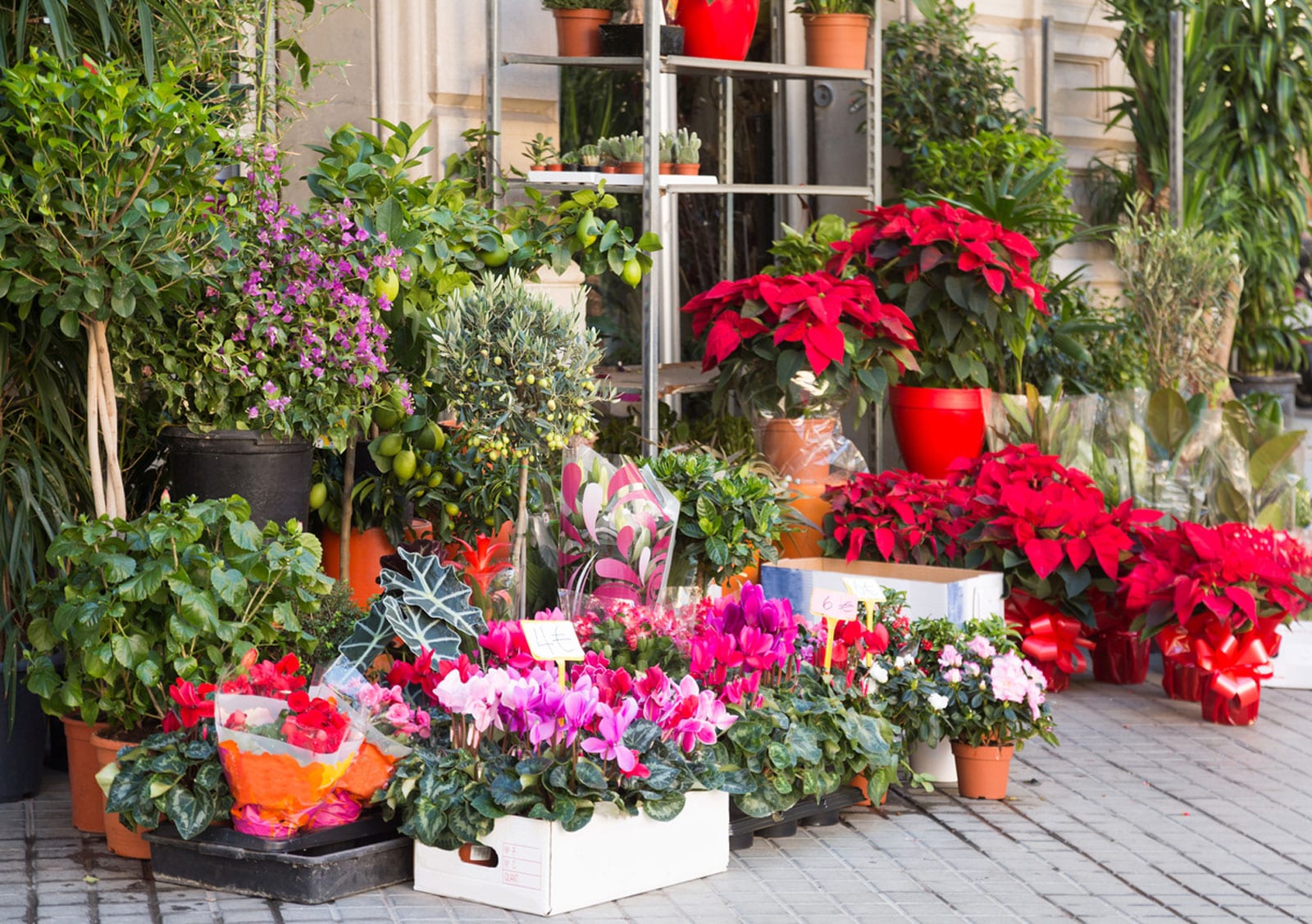Holiday Gift Plant Care: Information On Caring For Holiday Plants


You've been there before. A family member or dear friend gifts you with an astounding plant and you have no idea how to care for it. It might be a poinsettia or an Easter lily, but holiday plant gift care instructions may not come with your new treasured greenery. Usually, knowing how to care for holiday plants is a no-brainer, but getting them to live all year and produce again the next season is the trick. A few tips and tricks will get you started on the right road to a healthy happy relationship with your new plant buddy.
Plants as Gifts
Plants make perfect gifts. They provide a relaxing vision, last for a long period, and are economical. Plants as gifts for holidays or special occasions can come in the form of a potted indoor plant, specialty flower, or even a new tree for your landscape. The types usually bestowed are from the grocery store floral department or big box store holiday displays. Growing holiday plants in their season generally requires average plant care. Water, light, a little food and not much more are the usual needs that need to be met. If you want the plant to grow and thrive over the year, the seasonal requirements will change. You need to arm yourself and learn how to care for holiday plants, especially those that will have specific light, temperature, or other necessities in order to produce the same vision or flower the next year.
Holiday Gift Plant Care
Caring for holiday plants depends what kind they are. Cyclamen and kalanchoe are difficult to encourage reblooming. Cut off the spent flowers and fertilize monthly. In early September, give the plants four to six weeks of shorter daylight exposure and you should see blooms soon. Caring for holiday plants such as poinsettias is tricky. Regular plant care is fine for most of the year, but they need a long period of short days to grow those brilliant “flowers.” Give them 14 to 16 hours per day of complete darkness. Holiday plants often come in foil wrappings and plastic pots. For a lasting specimen, remove the foil and repot in a well-draining container that also evaporates excess moisture. Unglazed clay is ideal. Don't forget to water, but don't overwater. Use a moisture meter if necessary. Christmas cactus should remain on the dry side. Amaryllis and paperwhites are very commonly given around the winter holidays. They grow from a bulb, produce impressive blooms and then die back. What to do? Save those bulbs in peat moss in a paper bag in a dark room. The next fall, install the bulbs in a peaty potting mix and watch them grow again. The trick is to leave the foliage on as long as possible to fuel the next season's growth. When the foliage is spent, cut it back and remove the bulb from the soil medium. Let it dry on the counter for a few days and then nest it into a paper bag in a cool, dark room. Another holiday plant you might want to grow on is a living Christmas tree. Make sure the tree doesn't dry out and repot it before spring. The ideal situation is to plant the tree outside as a memento of the season.
Sign up for the Gardening Know How newsletter today and receive a free copy of our e-book "How to Grow Delicious Tomatoes".

Bonnie Grant is a professional landscaper with a Certification in Urban Gardening. She has been gardening and writing for 15 years. A former professional chef, she has a passion for edible landscaping.